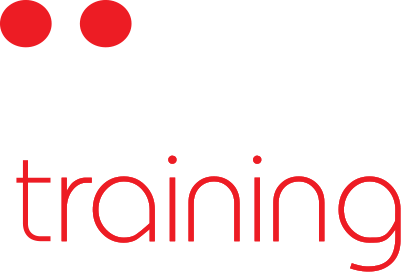While it feels as though security breaches and hackers pose a constant threat to you, your computer, and your personal information, one barrier to infiltration that is in your complete control is how securely you design your passwords. There are a few tips and tricks to crafting the ideal, impenetrable password, and they may not be what you think. Password No No’s
Everyone knows one of the rules to creating a good password is to combine letter and numbers, right? So you create a password with your last name and perhaps your birthdate, something like Smith0678. This is a huge no no. Generally, using your name as a password can be guessed tremendously easily, and including personal information such as birthday, year of birth, or even address number is a bad idea. This information can easily be guessed or found by potential hackers or infiltration systems. You may not even be safe using the name of a favourite pet, as there is potential this information could be found out online, perhaps via social media. When designing a password, steer clear of information that is too close and personal to you, your life, and your family.
It’s also not a great idea to use just a single word for your password, no matter how random it seems. Certain infiltration software uses a dictionary matching system to guess passwords. So even if your password is “Antidisestablishmentarianism”, the program would likely still stumble upon it, making you vulnerable to a threat.
Elements of a Good Password
Yes, strong passwords should contain letters and numbers, but it is often still too easy to hack a password when it incorporates a recognisable word. The best passwords are a string of letters, numbers, and characters that do not necessarily make sense to the untrained eye. A long, randomised password is definitely very secure, but may be difficult for a user to memorise. For this reason, many experts suggest creating an acronym, using a sentence you will remember. For example, “This Is My Password and I Like Coffee.” This sentence would result in TIMPAILC. Make the password even stronger by making only some of the letters capitalised, and including a non-numeric symbol. A good choice would be $TiMPAiLC%. This is not a recognisable word that could be guessed by a hacker, but it is easy for you to remember a silly sentence/
Tips for Creating the Right Password
There are many options when it comes to being clever with password creation. If you are including a common word in the password, it is advisable to misspell it in some way. Or, you can replace on of the letters with a number that makes sense to you, but is likely not to be guessed by a hacker, such as the word Example: 3XAMPL3. And of course, boost that with a character! (*&%!$#@)
One great idea is to create a template of sorts that you use for all your different passwords, with a changeable part that you can customise for each website. This might be something like
1509coffeemashine_
With such variants as
1509coffeemashine_bankaccount$ 1509coffeemashine_fac3book
Again, what is strong in these passwords is the combination of numbers, misspelled words, characters, and unusual word choices.
Variety is Key
As we just saw, strong passwords have a variety of factors which help keep them diverse and extremely difficult to guess. You should strive for variety within your passwords and amongst all of your passwords, which should definitely each be unique. If you utilise an identical password for all your login details, you are extremely susceptible to infiltration, and giving a potential hacker access to all of your information!
Being creative and clever will ensure you are designing excellent passwords. Would you believe the most commonly used password is “password”? This is a terrible way to make your secure data basically open source. Other common passwords include “admin”, “blank”, and abc1234. Don’t fall prey to these simplistic options, even if they are the easiest to remember. Come up with something unique to you, and your information will be much, much safer.
Utilising Password Apps or Generators
If you do have trouble remembering your many passwords, you can research some apps that store all your password information for you. This is a far better option than storing your login details on your phone or in an email. If someone hacks you, you may be giving them even more information. A password app, such as Keeper, can hold your password info in a securely encrypted center, protecting it for you. This is a great option if you have countless passwords to keep track of. Other apps and programs have password generators, so they’ll help you design unique and extremely secure randomised passwords. This might be the answer for you if the creative bug just isn’t biting.


